If you want to add lots of natural flavor to your meals without too much heat, salt or spice, herbs are the way to go. The only way to familiarize yourself with their unique properties is to go out and give them a try. Here's a list of the top ten herbs to get you started.
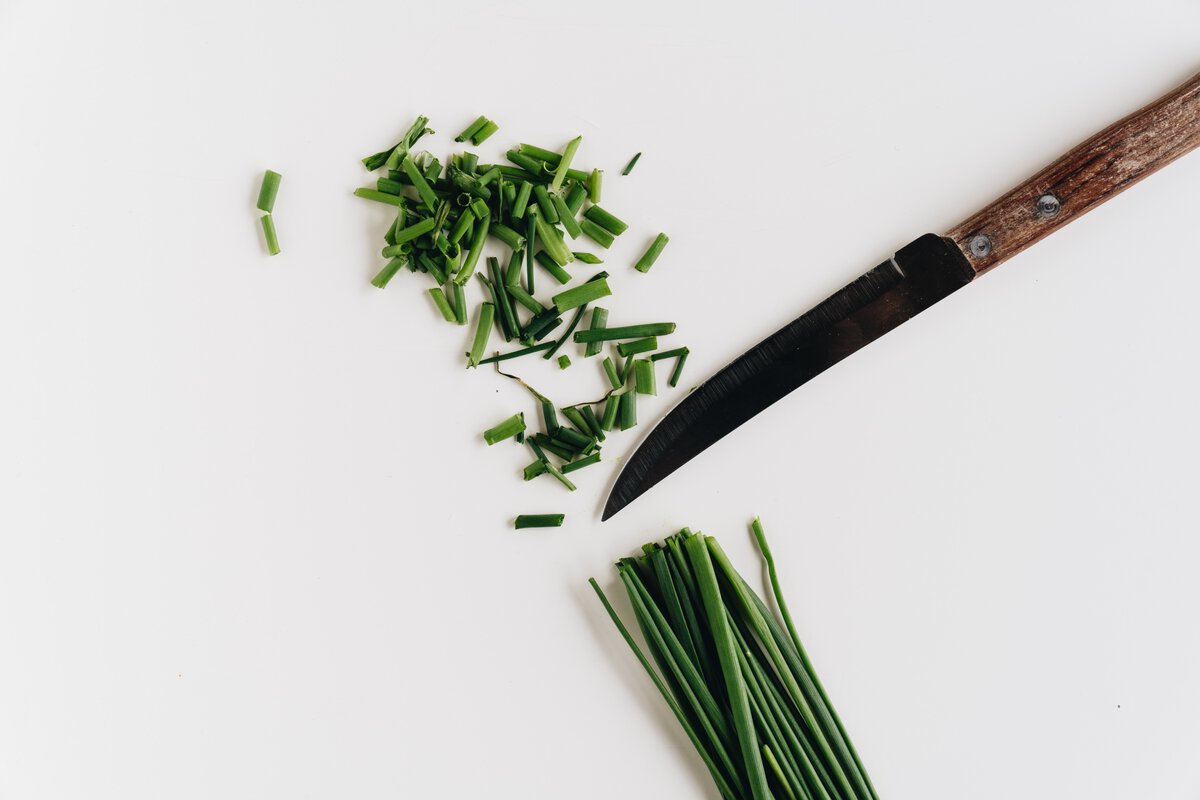
#10 Chives
This long, skinny grass-like herb is easy to use since there are no leaves to pick. Just snip the chives up into desired sizes and sprinkle them on. They impart a mild onion flavor without the bite and acidity of the potent bulb. Chives are a classic baked potato topper and go great in pasta and salads.
#9 Tarragon
The thin wispy leaf of the tarragon plant has a sweet licorice presence. To use it, pull the leaves off of the tougher stalk and coarsely chop. Tarragon is best added to the dish toward the end of cooking in order to retain its delicate flavor. It's often paired with seafood and chicken, and is also a particularly great seasoning for fresh tomato soup.
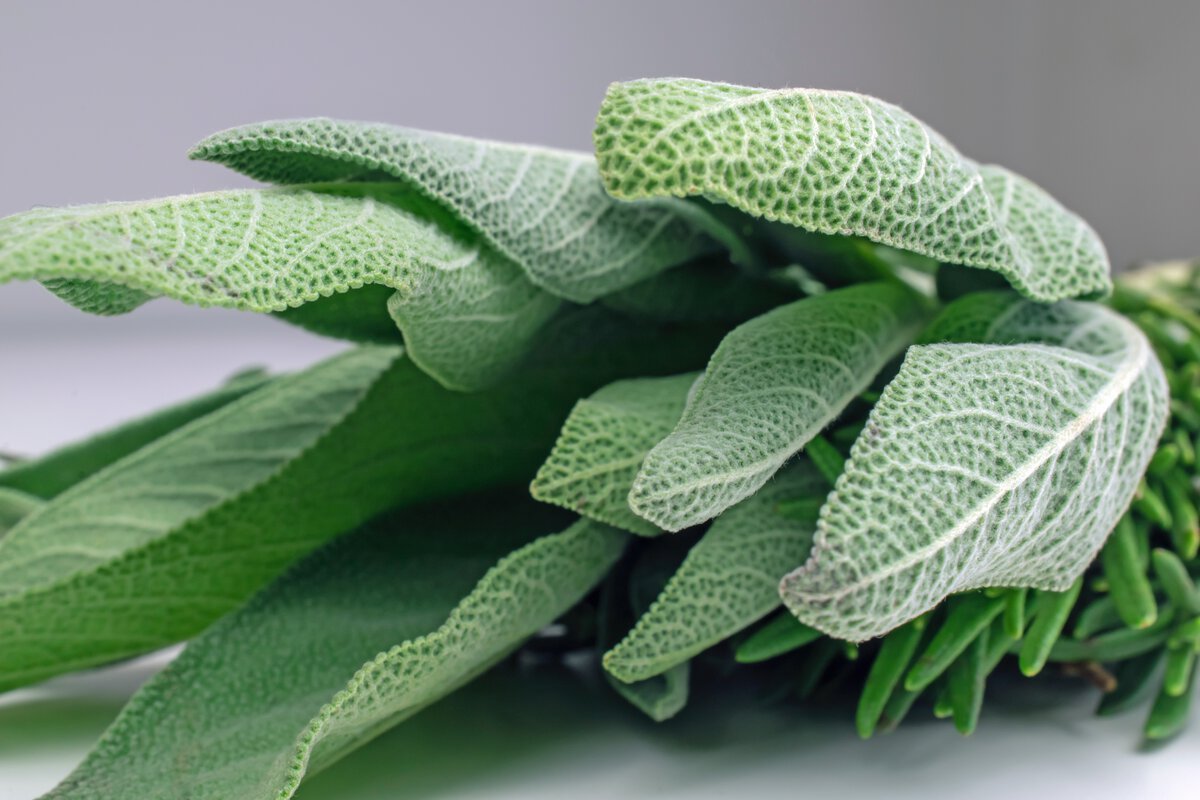
#8 Sage
The long soft oval leaf of the sage plant is too tough and bitter to be eaten raw. It's best chopped up and cooked into sauces or used in dry rubs or marinades for turkey or pork. In a traditional bread stuffing, sage pairs well with bacon and cornbread for a nice addition to the holiday table.
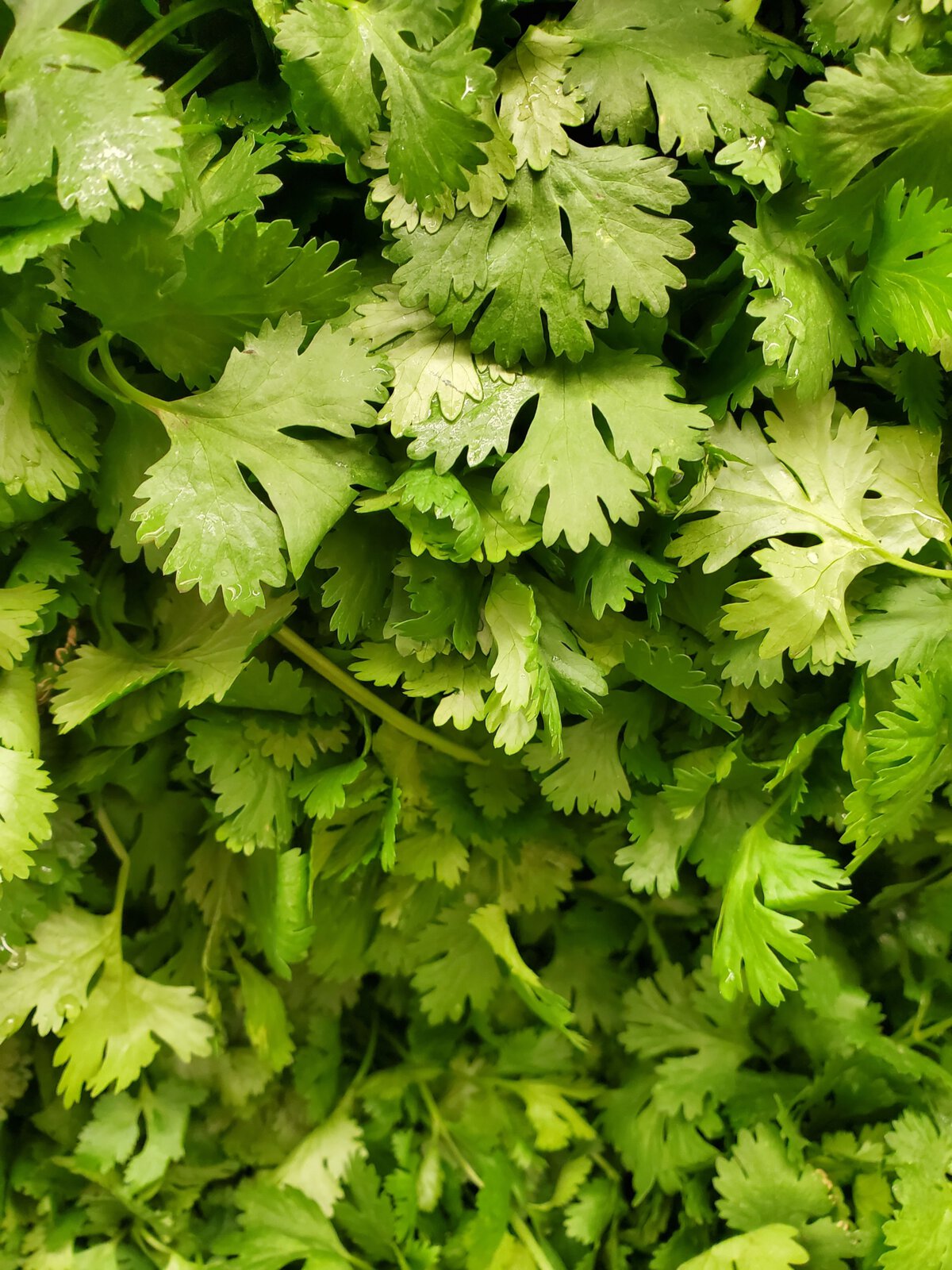
#7 Cilantro
This thin, green leafy herb has a striking flavor. To retain that flavor, it is often added to recipes that are not cooked, or at the end of the cooking process. Cilantro is most often found in Mexican foods, but is very popular in Asian cuisine as well.
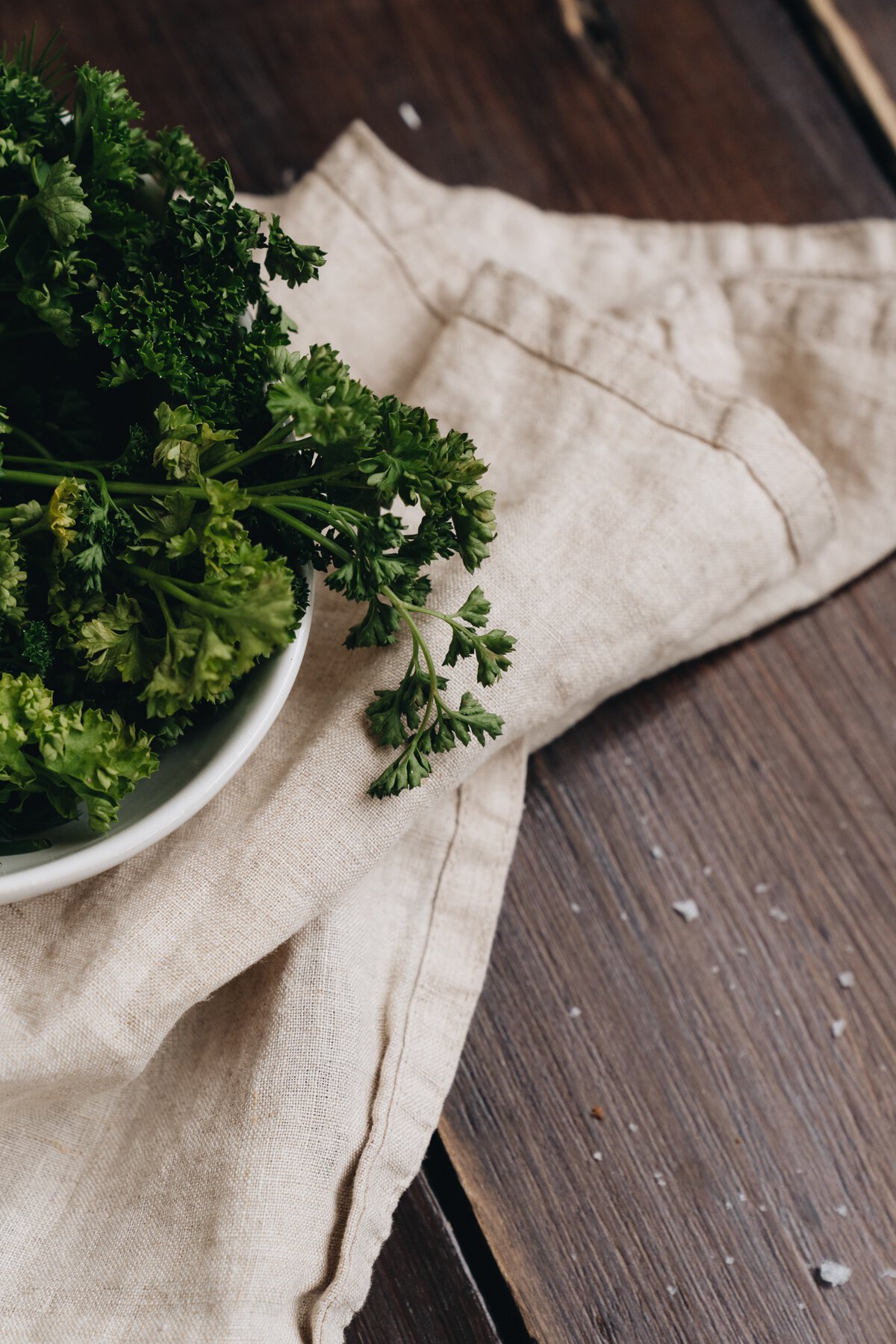
#6 Parsley
Once relegated to garnishing every "fancy" dish in America, parsley has a grassy, sometimes peppery flavor that adds brightness to recipes. Its presence is key in many Mediterranean dishes.

#5 Dill
A feathery looking plant that tastes much stronger than it looks, dill has a pungent but sweet flavor. Dill pairs well with fish and hard-boiled eggs and is often used in Scandinavian and Eastern European cooking. Dill is also commonly found in pickled vegetables.
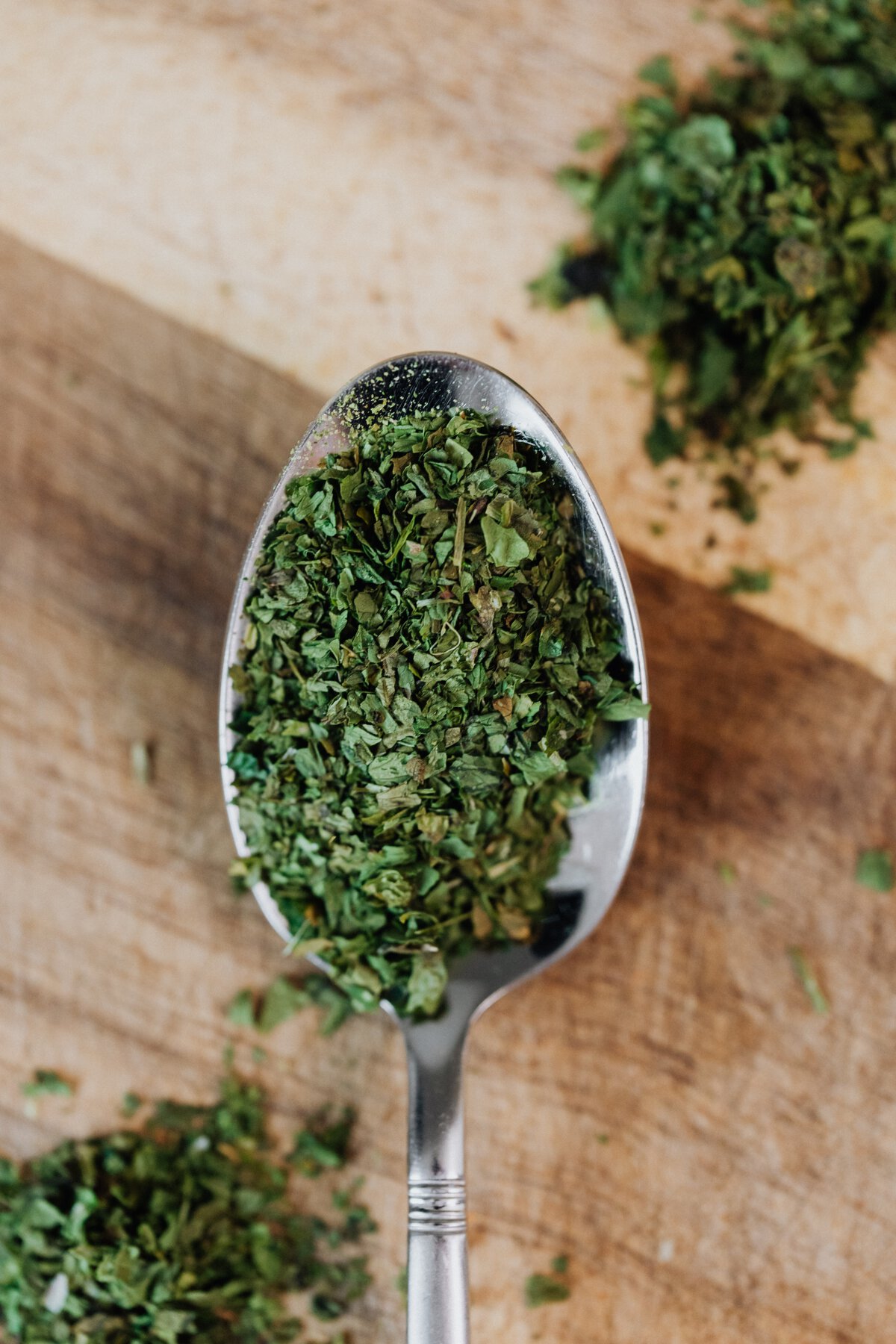
#4 Oregano
This earthy-flavored herb is used around the world, but is most often associated with Italian, Mexican and Greek dishes. Oregano's soft round leaves must be pulled from their stems prior to cooking.
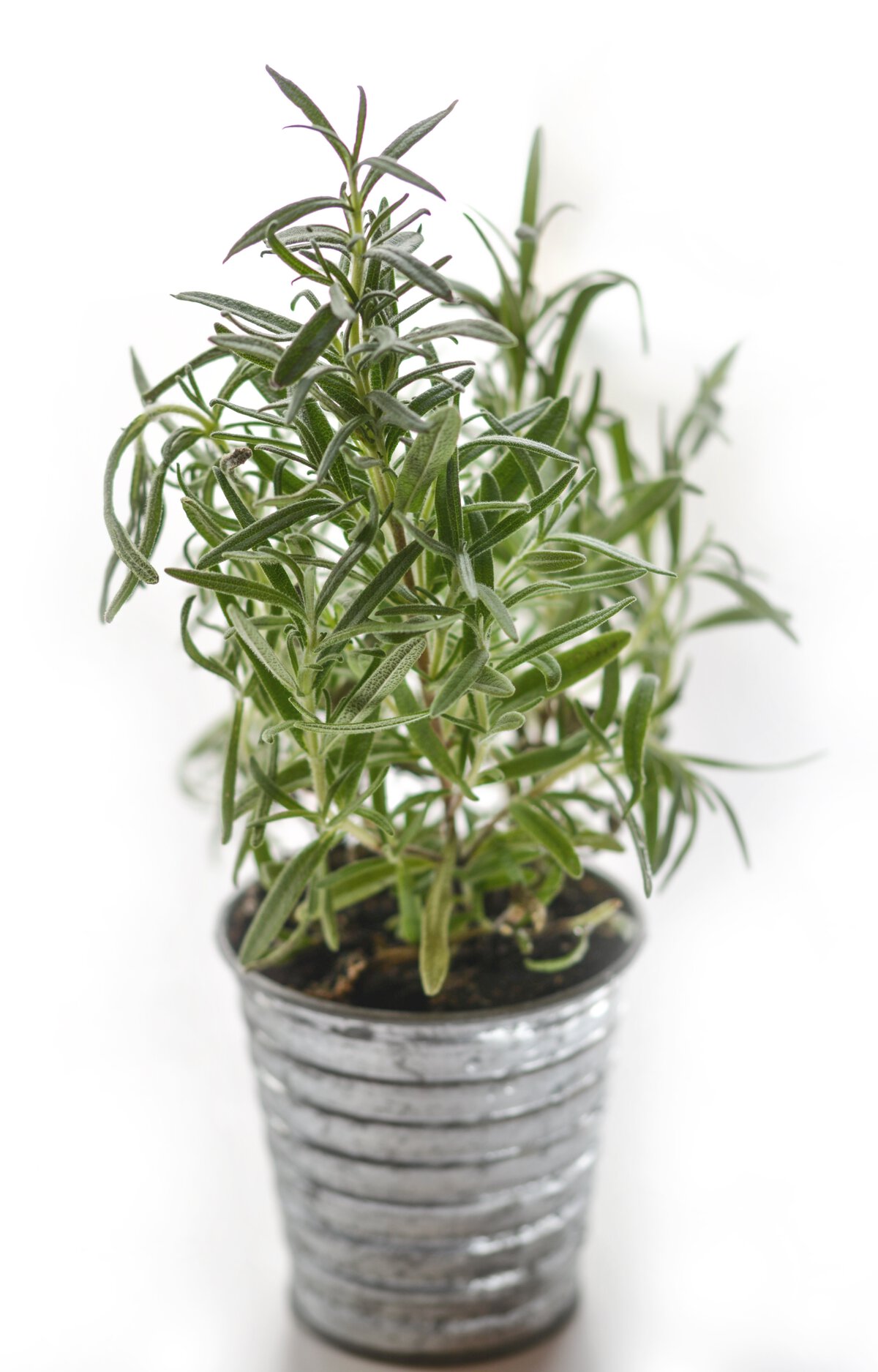
#3 Rosemary
These spiky leaves look like short, dull pine needles. Their fragrance, which is piney and slightly lemony, is unmistakable. Rosemary is one of the strongest herbs. Use it with a light hand on potatoes, lamb and pasta, and especially in French-inspired dishes.

#2 Thyme
The tiny oval-shaped leaves of the thyme plant are pinched away from its tough woody stems. It is often used in Italian and French cooking and its earthy, slightly mint flavor works well with chicken, beef and especially pork.
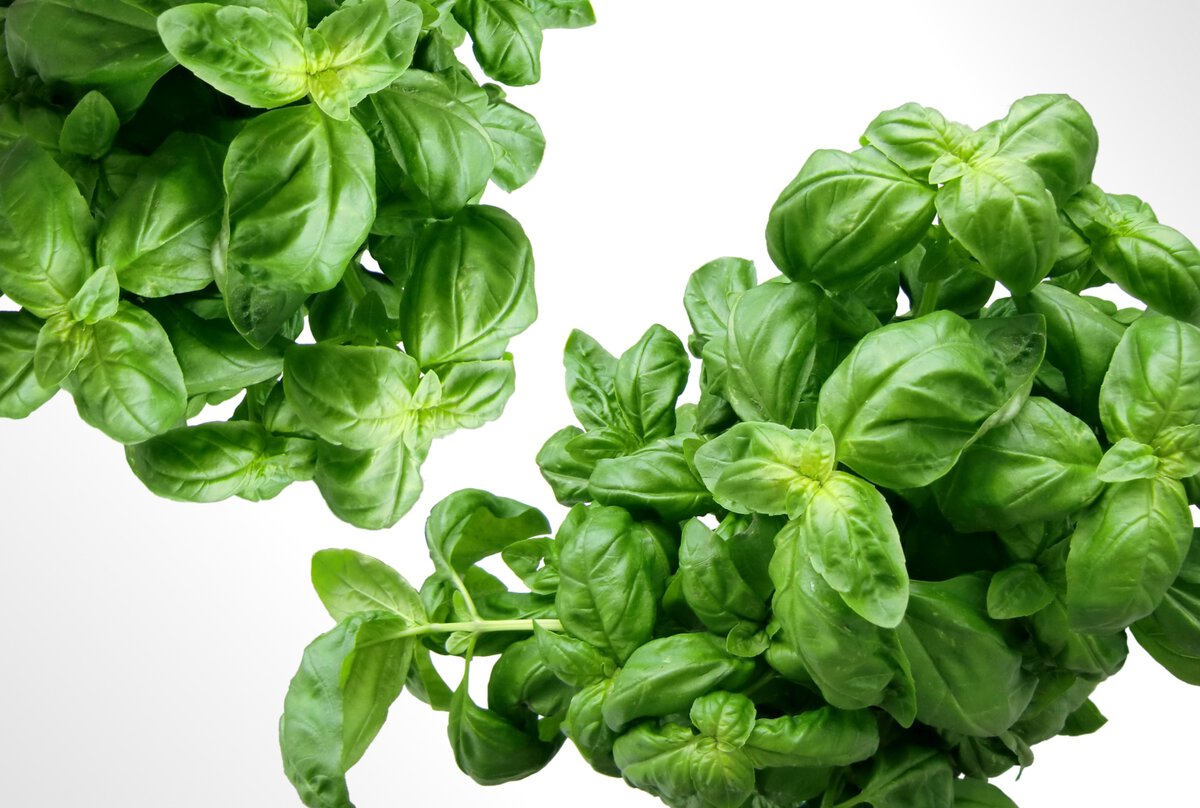
#1 Basil
This sweet tender leaf is often associated with Italian, Mediterranean and Thai cuisine. Basil is a key ingredient in common pesto sauces and it also pairs well with garlic, cheeses and tomatoes. To chop most efficiently, pull leaves from the stalk and stack in a small pile. Then roll into a cylindrical shape and chop horizontally into strips.
